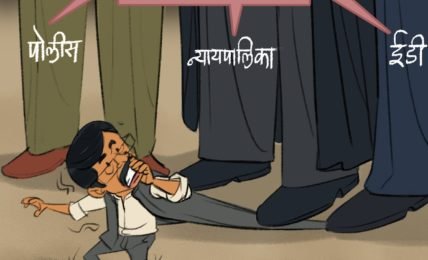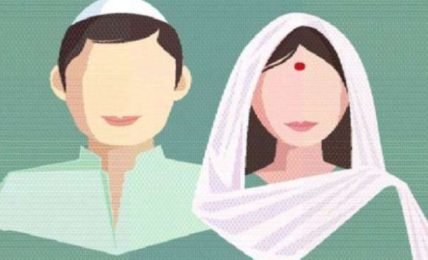The Twenty Two Different Types of Defeat in A Debate
India and Greece are the only countries in the ancient world which perfected the science of logic. India's Tarka and Nyaya Sastra dealt extensively with the art of debate - conduct, rules of debate and more importantly, what constitutes a defeat in a debate. Gautama came up with 22 different types of debate which became a standard in India.




